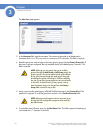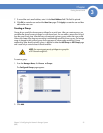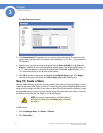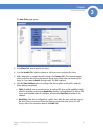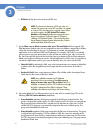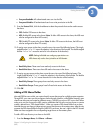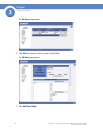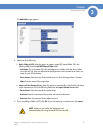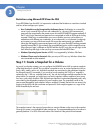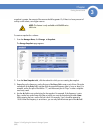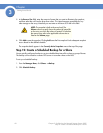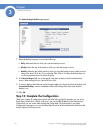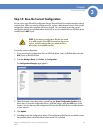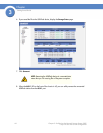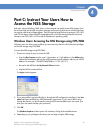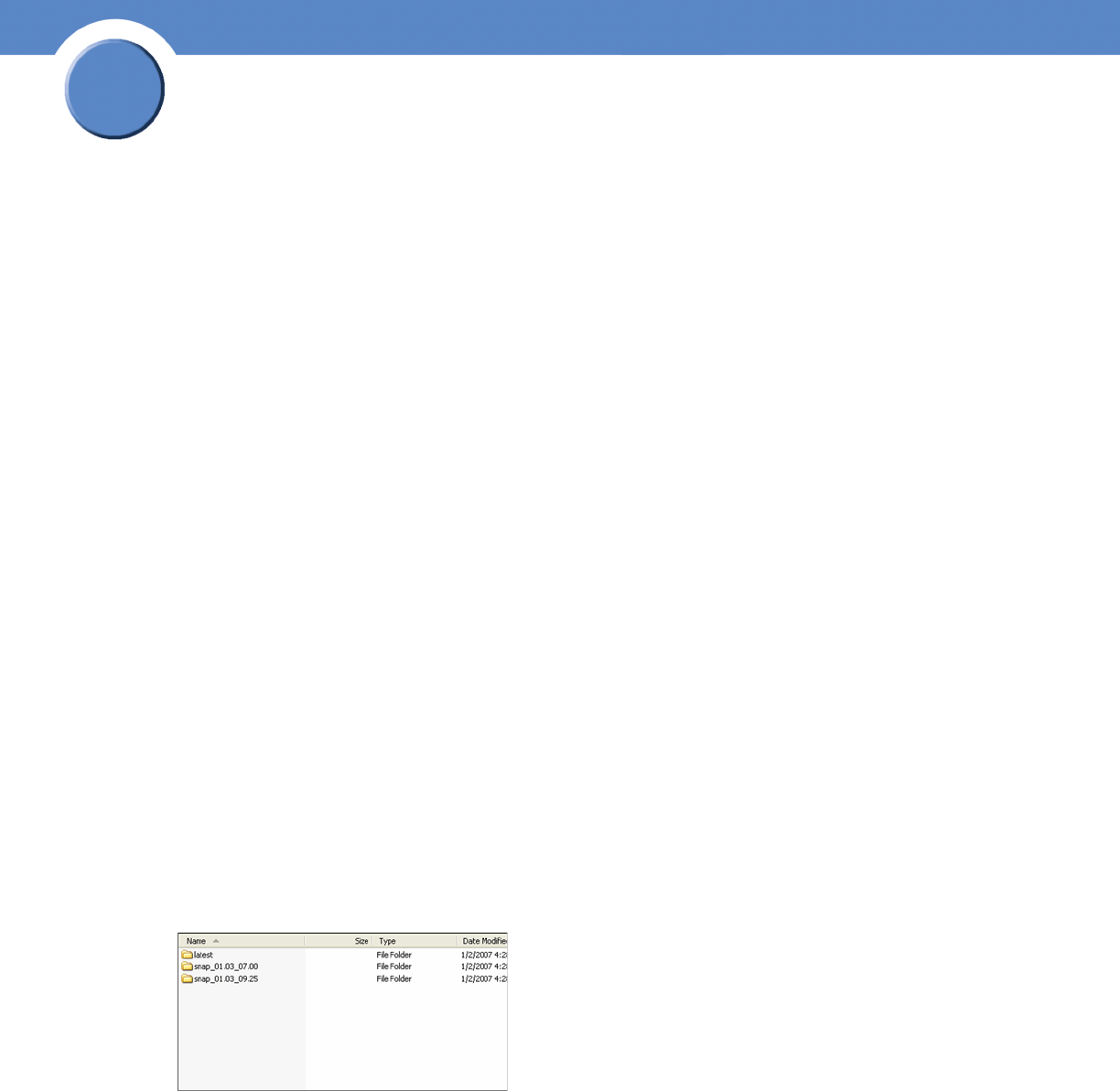
38
Chapter 3: Configuring the Network Storage System (NSS)
Step 11: Create a Snapshot for a Volume
Getting Sarted Guide
Chapter
3
Restrictions using Microsoft DFS from the NSS
To use DFS folders from the NSS, it is important to understand the limitations or restrictions involved
and how to best configure your system:
• User Credentials must be Recognized by the Remote Server: Re-direction to a remote file-
server is only successful if the current user credentials (i.e., the user’s NSS username and
password) are recognized by the remote server. Microsoft DFS (MSDFS) operates optimally if
the PC-user’s login username and password are recognized as valid on all file servers being
accessed. Otherwise, an authentication error occurs and the user may not be able to re-
authenticate with different user credentials. As a workaround in a non-domain (workgroup)
environment, pre-map a file-share to each file server that needs special user credentials
(other than the logged-in username and password). In this case, the MSDFS redirect proceeds
smoothly because the PC-client already has an established session with the target file-server.
When the user’s login is different on the DFS leaf than the DFS root, they can pre-login to the
leaf. When they then login to the root, they can access the linked DFS share.
• Windows Operating System Version: MSDFS is not supported by Windows 98 clients.
• Windows Clients must be Restarted: After you set up a DFS root, any Windows clients that
were connected must be restarted.
Step 11: Create a Snapshot for a Volume
As part of your backup strategy, you can configure the NSS6000 series NAS to capture snapshots
of the data stored on a volume. You can define a snapshot to occur at various frequencies (such as
hourly, daily, weekly, and so on). Individual snapshots are overwritten by the subsequent snapshot
for the same interval. For example, if you set up an hourly snapshot, the 10:00 a.m. snapshot is
replaced by the 11:00 a.m. snapshot (and so on). You can also configure multiple snapshots for the
same volume. For example, you might set up an hourly snapshot, another snapshot to occur every
four hours, and a daily snapshot. Each of these three snapshots is maintained separately and is only
overwritten by the subsequent snapshot of its own frequency type. The snapshot(s) reside in the
reserve area allocated for each snapshot. When a snapshot is created, the end user can access it by
logging into the NSS with their username and password. Each snapshot appears as a copy of the
share accessible by the end user.
The snapshot reserve is the amount of space that you want to allocate on the array to the snapshot.
Once set, this space is not available for other storage use. The recommended amount of a reserve is
generally between 10 to 20% of the total volume size. Note that if the period of time between



